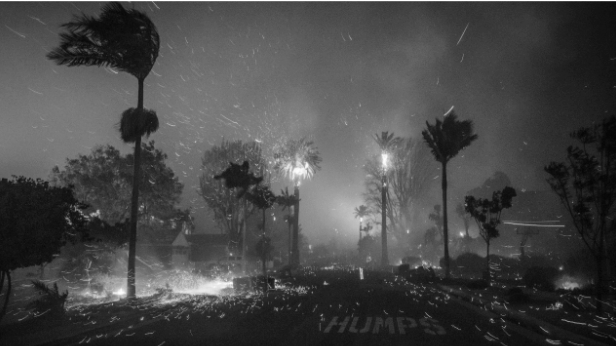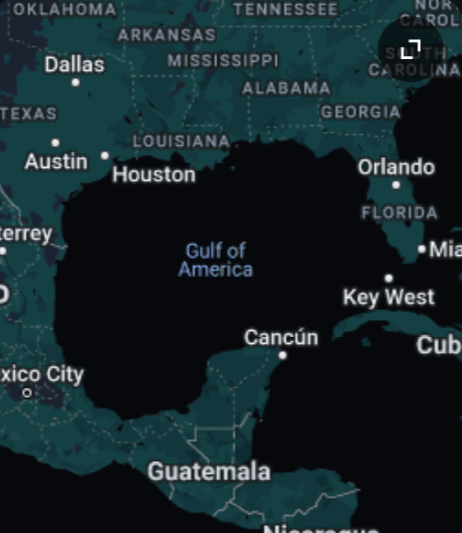Drive hammered, get slammered; Less drinking, more thinking
December 20, 2022
The number of drunk drivers on the roads in the United States has been on the rise in recent years, posing a serious threat to public safety.
According to data from the National Highway Traffic Safety Administration (NHTSA), there were 10,511 fatalities in drunk driving crashes in 2018, representing nearly 30 percent of all traffic-related deaths in the country.
Senior Julia Blondell comments, “I think that drinking and driving is more than a bad decision because it affects more than just drivers. It holds a lasting impact on both sides that are affected. My friend’s aunt was killed while driving intoxicated in Ocean City, MD. Now the family cannot even visit that location because of the family burden and remembrance the site of death holds. There are so many resources out there, especially now more than ever, to help those struggling with alcohol as well as immature decision-making. All it takes is calling an Uber, or waiting to go out on roads that makes all the difference.”
Senior Kaitlyn Schueler states, “When someone drives drunk it can jeopardize everything they love and own, one may wonder how that can jeopardize one’s entire life, once they get behind the wheel and turn the key there’s no going back, they could crash and be responsible for ending another person’s life and that’s the guilt and hurt that would break a person”.
To combat the rising number of drunk drivers on the roads, it is important for state and local governments to implement strict laws and penalties for drunk driving. This can include mandatory jail time, fines, and the loss of driving privileges. It is also crucial for law enforcement to increase patrols and sobriety checkpoints to catch drunk drivers and prevent them from getting behind the wheel, according to the NHTSA.
Senior Avery Mctiuge comments, “People need to understand that when you decide to get behind the wheel after drinking, you are not only putting your own life at high risk, but you are not only putting everyone else’s life on the road at risk but also run the risk of critically injuring someone”.
Furthermore, NHTSA states that with more community education and awareness programs they can help change public attitudes towards drunk driving. These programs can highlight the dangers of drunk driving and promote the use of alternative forms of transportation, such as ride-sharing services or public transportation for those who have been drinking.
















